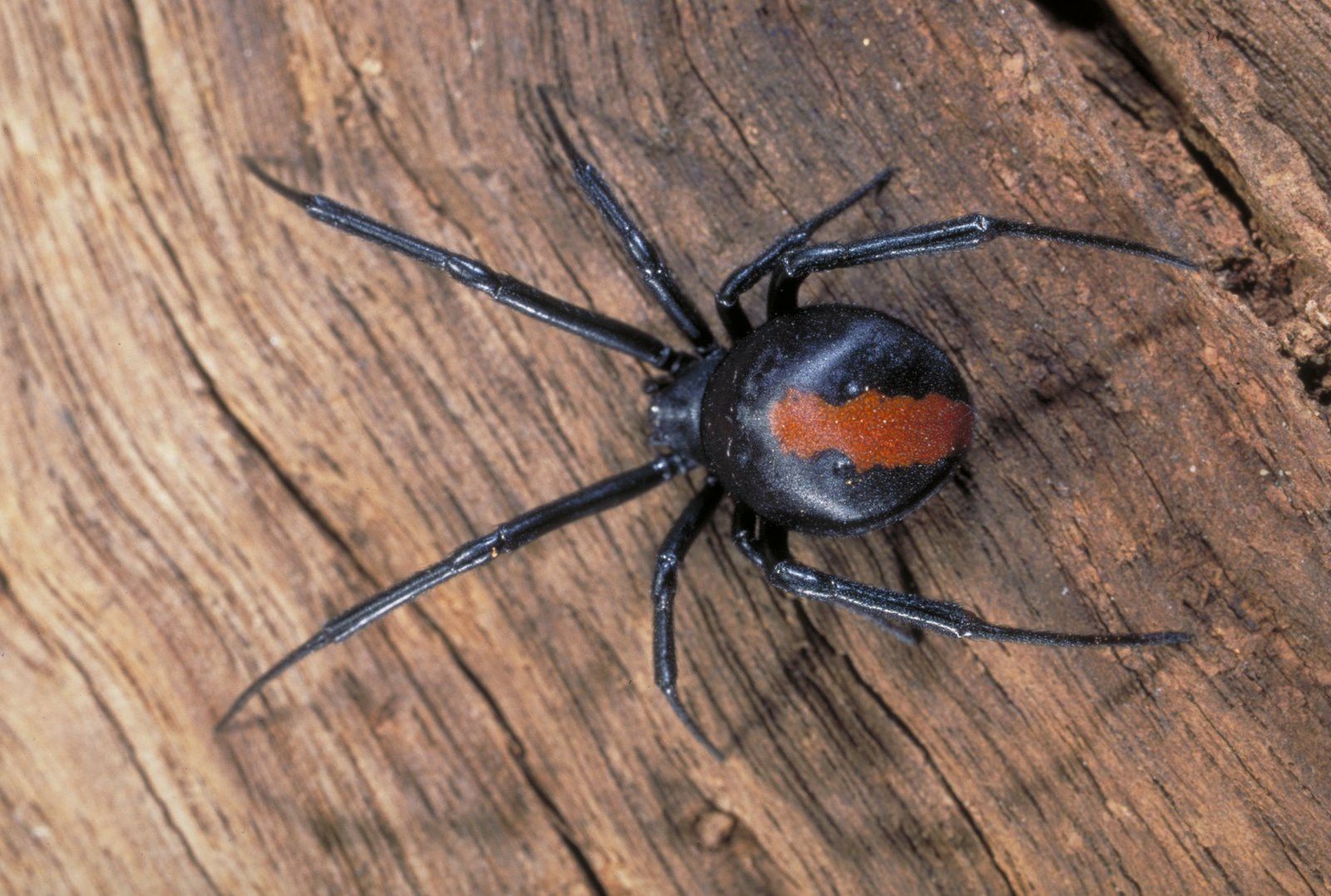More than 43,000 different species of spiders are found in the world. Of these, only a small number are said to be dangerous, and less than 30 have been responsible for human deaths.
Brazilian Wandering Spiders
These species are sometimes also referred to as banana spiders because they are frequently found on banana leaves. They have an aggressive defense posture, in which they raise their front legs straight up into the air. Phoneutria are poisonous to humans, and they are considered to be the deadliest of all the world’s spiders. Their venom is toxic to the nervous system, causing symptoms such as salivation, irregular heartbeat, and prolonged, painful erections in men. Scientists are investigating the venom of P. nigriventer as a possible treatment for erectile dysfunction.
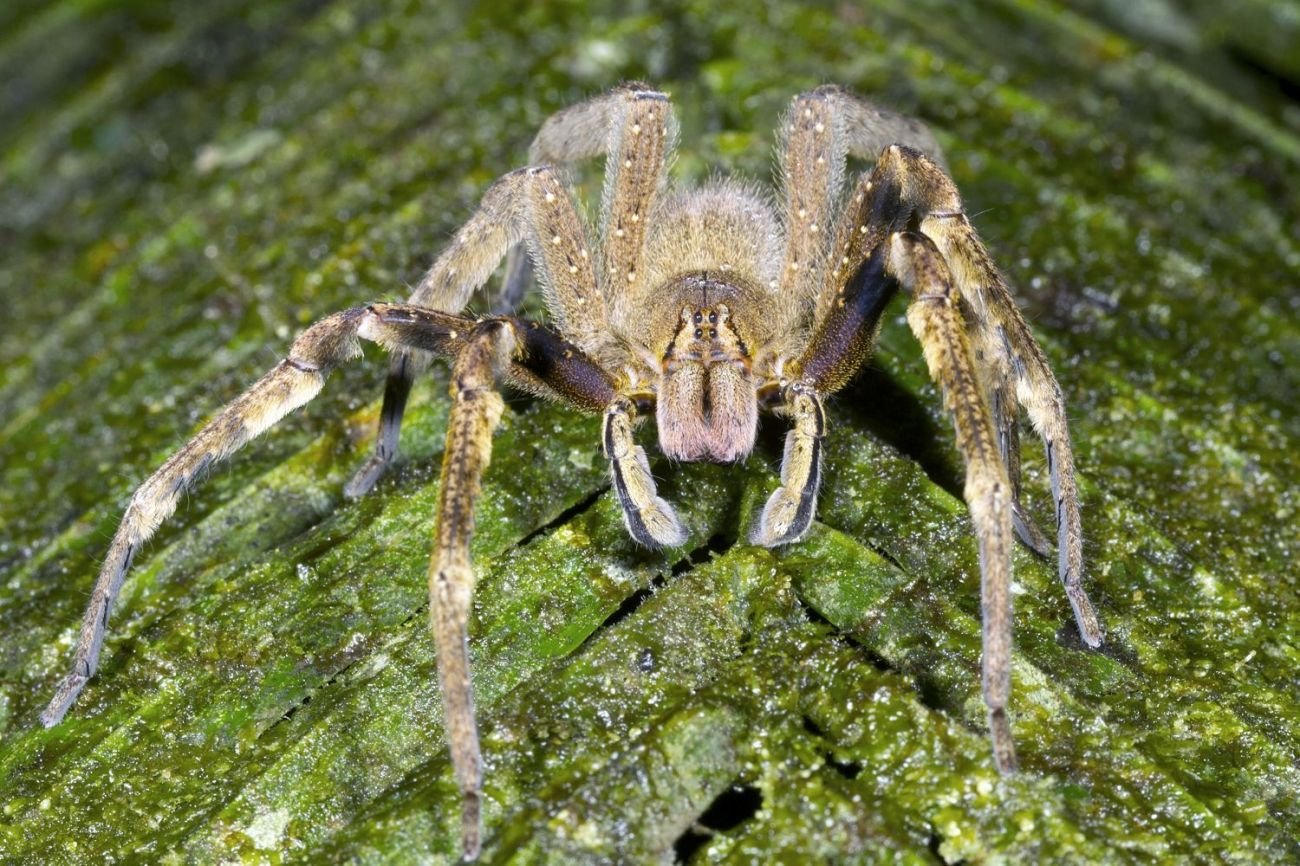
Yellow sac spider
Yellow sac spiders are Clubionids, a family of spiders that range in body length from 3 to 15 mm and build silken tubes under stones, in leaves, or in grass. Cheiracanthium inclusum, found throughout the United States, as well as in Mexico southward through South America, is venomous to humans and is often found indoors.
The spider’s venom is a cytotoxin that can produce necrotizing lesions, but such lesions occur rarely in bite victims. Still, redness and swelling at the site of the bite are common reactions. Yellow sac spiders are not docile creatures; a female yellow sac spider, for example may bite when defending her eggs.
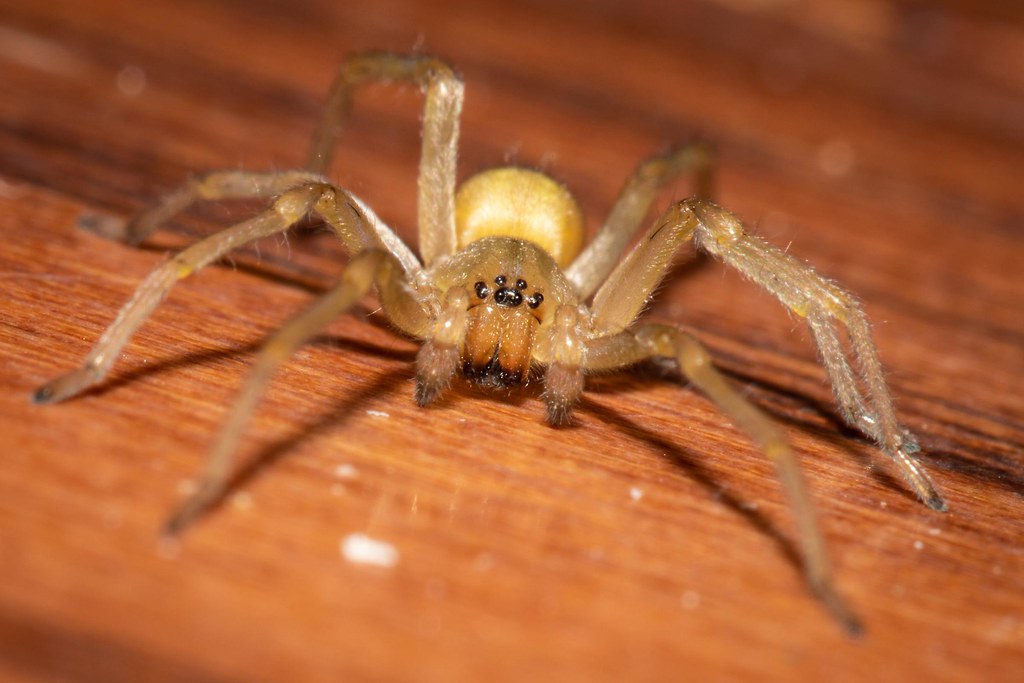
Black Widow Spider
The black widow is responsible for more than 2,500 visits to poison control centers every year in the U.S. Its bite, which may feel like a pinprick on the skin, often produces severe muscle pain and cramping, nausea, and mild paralysis of the diaphragm, which makes breathing difficult. Most victims recover without serious complications. Although the bite is thought to be fatal to very small children and the elderly, no deaths have been attributed to bites by widow spiders in the United States.
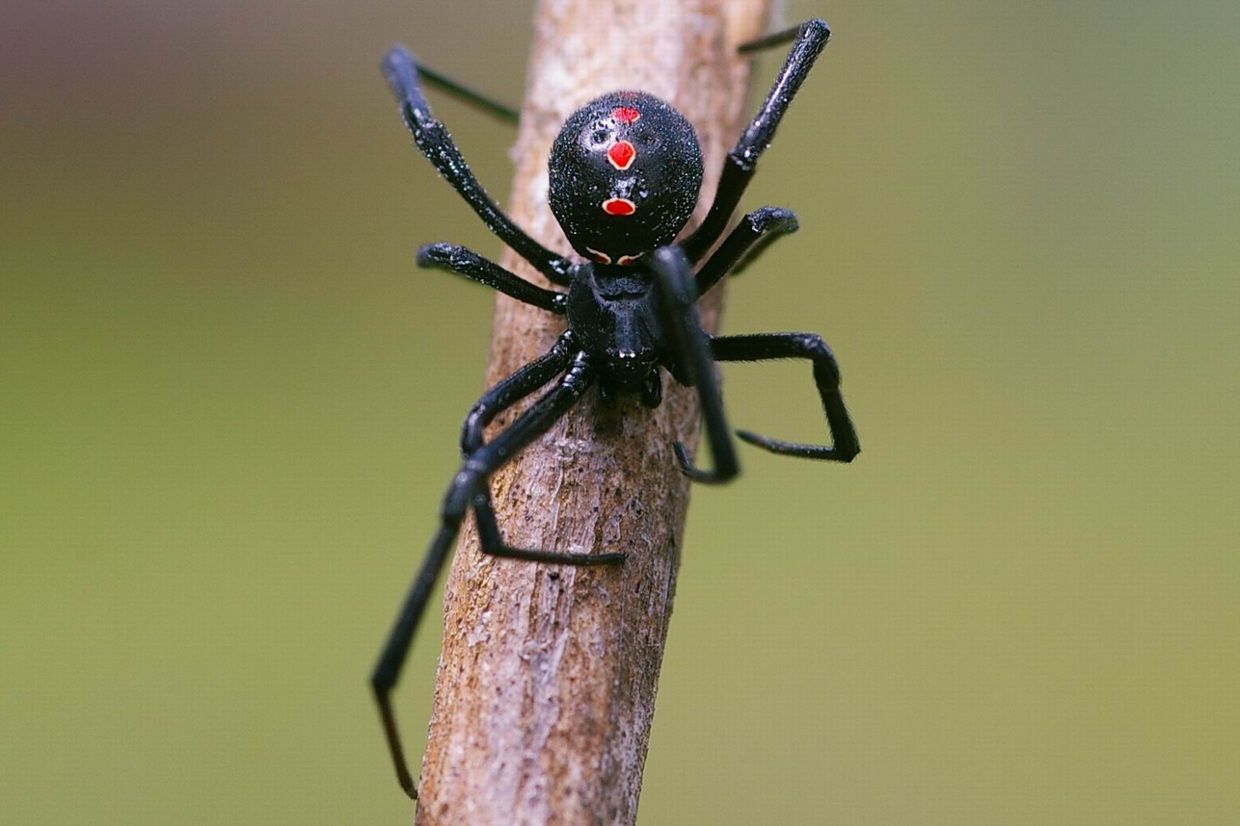
Funnel-web Spiders
The species Atrax robustus and A. formidabilis are large, brown bulky spiders that are much feared in southern and eastern Australia because of their venomous bites. Several human deaths from the bites of these aggressive spiders have been recorded in the Sydney area since the 1920s. An antidote to the main toxin in their venom has been developed which is effective if administered to victims soon after they have been bitten.
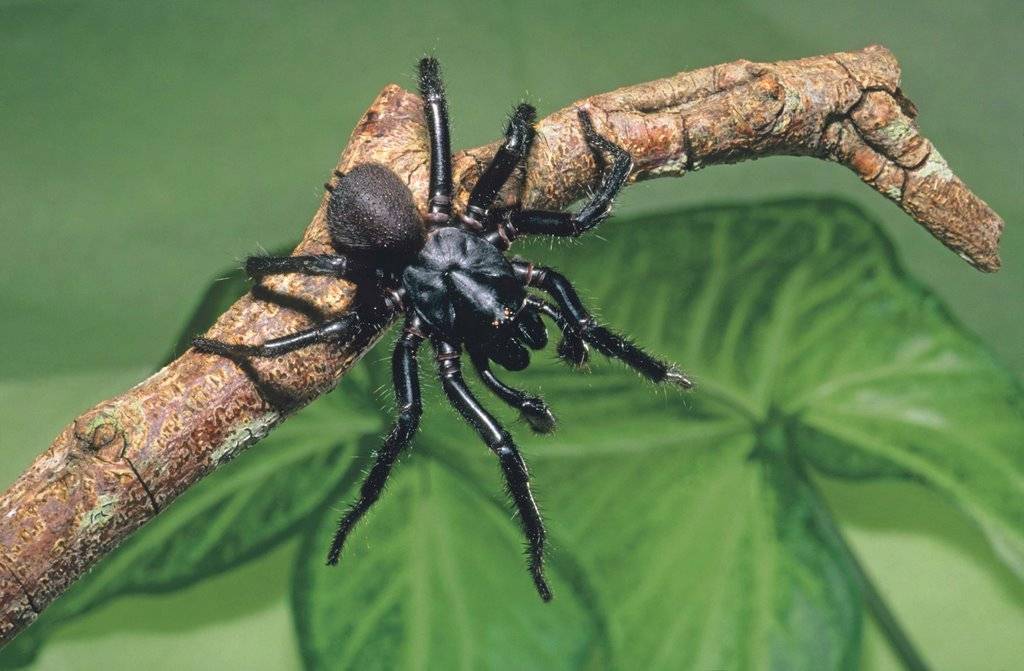
Red Widow Spider
The spider feeds on insects, and it is not considered to be aggressive toward people. However, it has been known to bite when it is protecting its eggs or when it is trapped against a person’s skin by clothes or footwear. The bite of the red widow is similar to that of the black widow, and identical symptoms (pain, cramping, nausea, etc.) typically result. Likewise, death from a red widow bite is rare, since the spider injects such a small amount of venom. Very young children, the elderly, and people with health problems are most vulnerable to red widow spider bites.
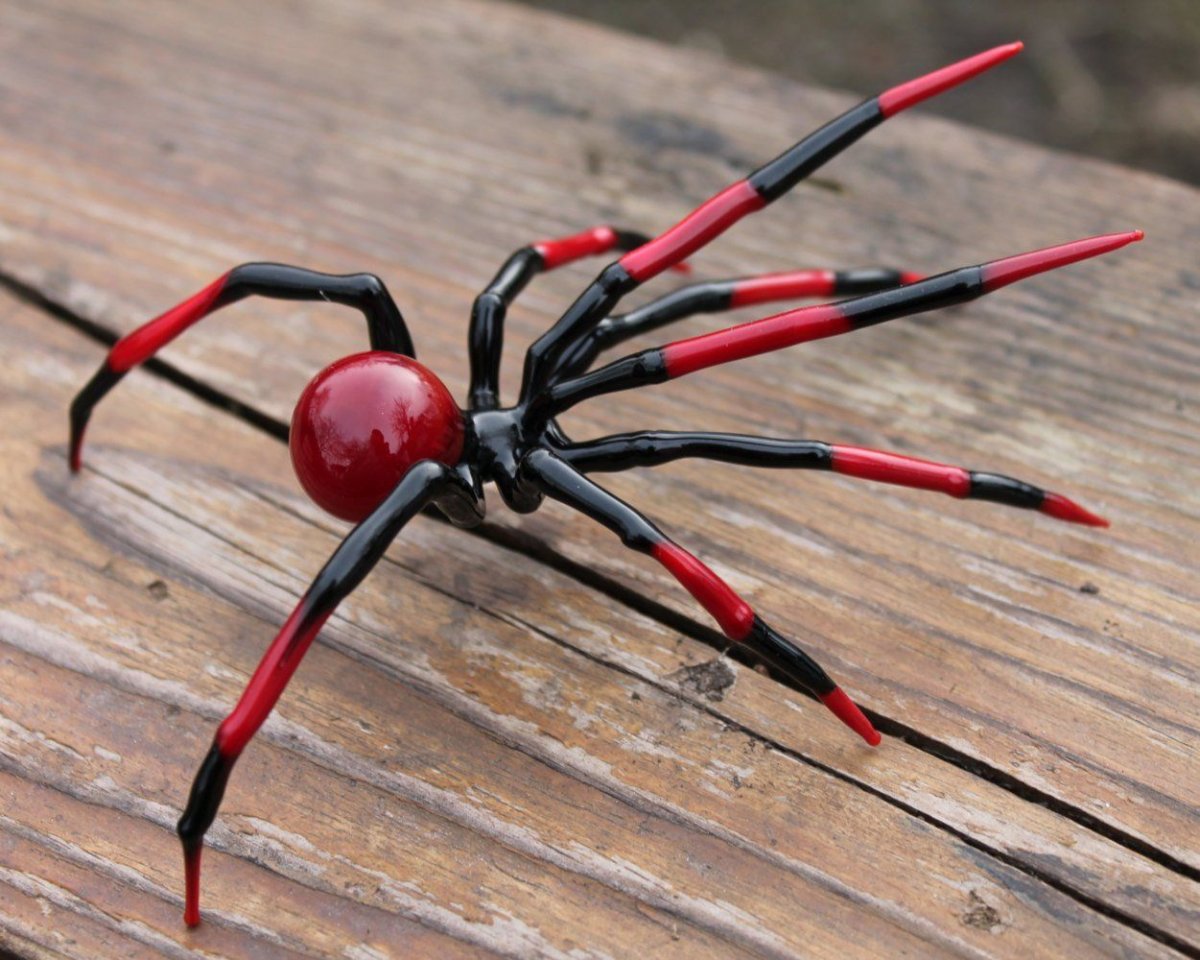
Brown Recluse Spider
The brown recluse spider is one of the most dangerous spiders in the United States. Its venom destroys the walls of blood vessels near the site of the bite, sometimes causing a large skin ulcer. The wound that is produced may require several months to heal, or it may become infected, which could lead to the death of the victim. Deaths from brown recluse spider bites are rare. Most brown recluse spiders, which are also called violin spiders, live in the western and southern United States.
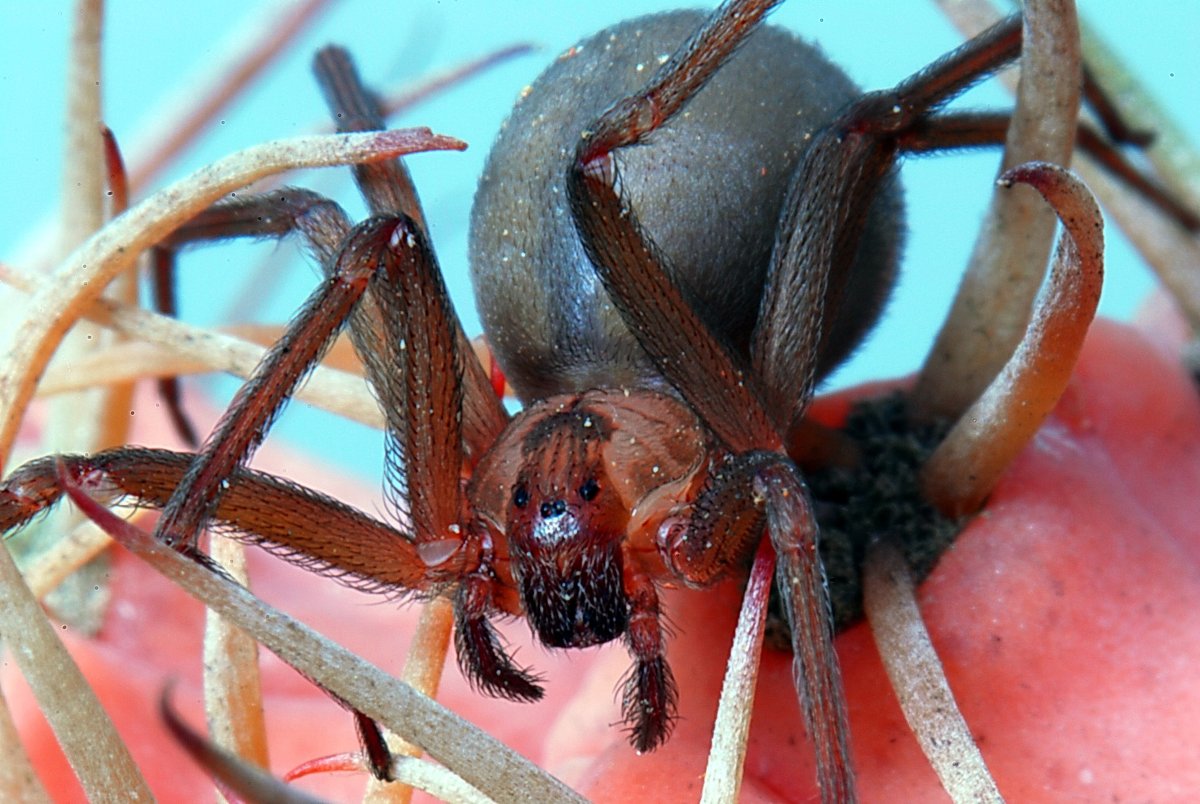
Redback Spider
Redback spiders are not aggressive and are more likely to play dead when disturbed, but a female spider defending her eggs is very likely to bite. Bites also occur when the spider climbs into shoes or clothing and becomes trapped against the victim’s skin when he or she is dressing. Both male and female redbacks are venomous, but most envenomations primarily result from female bites.
